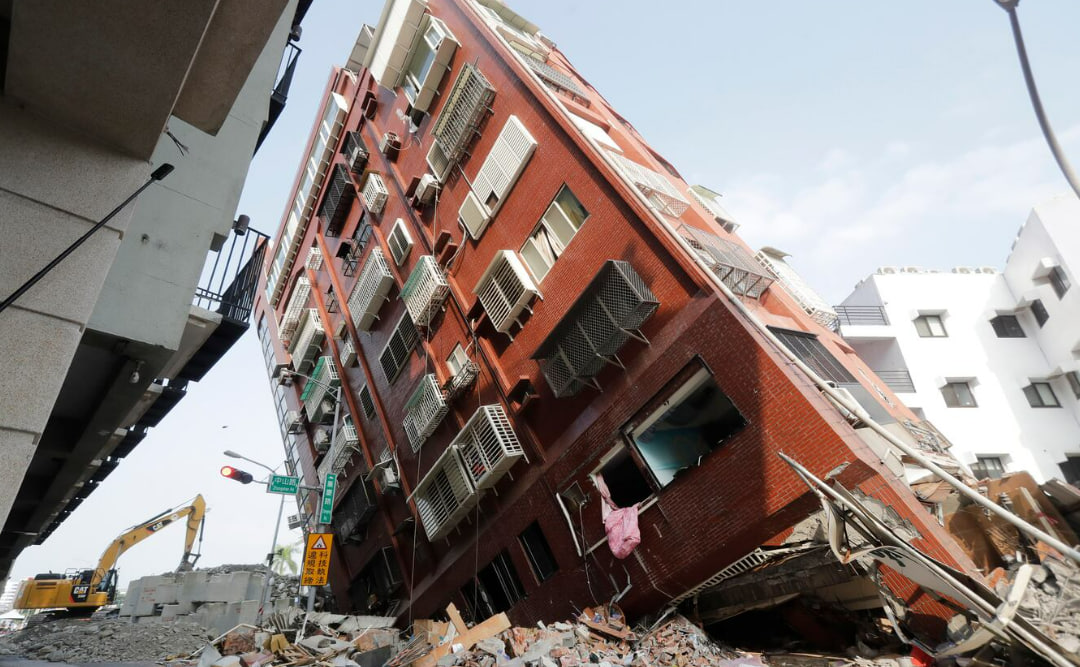Taiwan is one of the world’s most earthquake-prone regions, located on a tectonic boundary that makes it highly vulnerable to seismic disasters. This article explains the geological causes of earthquakes in Taiwan, reviews two of the most destructive quakes in its modern history, and examines how Taiwan has improved disaster preparedness to reduce loss of life and economic damage.
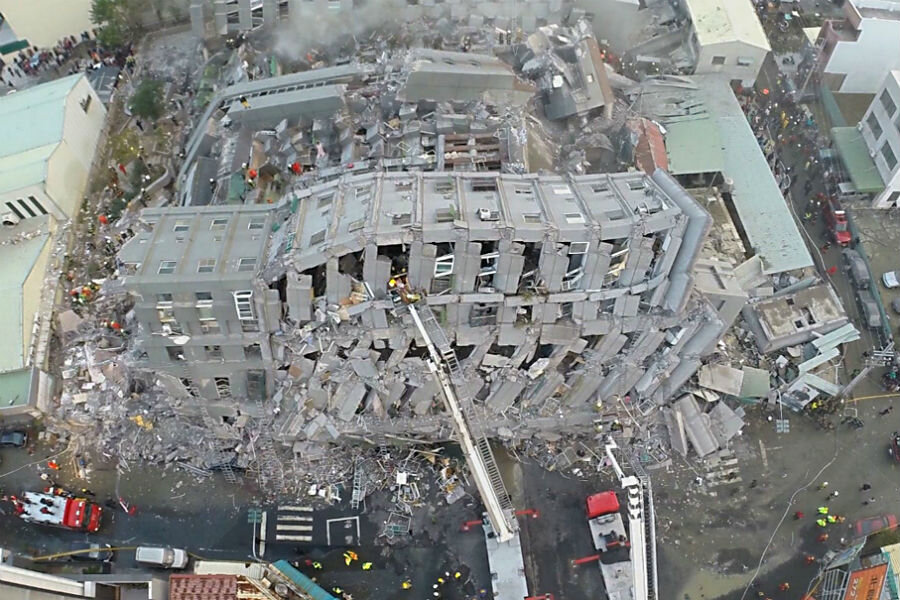
Why Taiwan Is Prone to Earthquakes
Taiwan’s high seismic risk stems from its location along the Pacific Ring of Fire, where intense tectonic activity is common. The island lies at the boundary between the Philippine Sea Plate and the Eurasian Plate. The Philippine Sea Plate moves northwest and subducts beneath the Eurasian Plate, generating enormous geological stress over time. This subduction process has created Taiwan’s steep, rugged mountains and a network of active faults, including the well-known Chelungpu Fault. As a result, Taiwan records between 1,000 and 2,000 earthquakes each year, with many strong enough to be felt. Such frequent seismic activity requires the government to maintain strict building codes and a strong disaster management system to safeguard its population.

The 21 September 1999 (921) Earthquake
The 921 Earthquake was one of the most devastating natural disasters in Taiwan’s history. Striking central Taiwan near Jiji Township in Nantou County at 1:47 AM on 21 September 1999, it registered a moment magnitude (Mw) of 7.6. The earthquake caused over 2,400 deaths and left more than 100,000 buildings either destroyed or severely damaged. One of its most striking geological features was the dramatic surface rupture along the Chelungpu Fault, where the ground in some places shifted vertically by more than eight meters. In addition to causing major damage to transportation infrastructure and homes, the 921 Earthquake exposed the vulnerability of Taiwan’s buildings to seismic forces. In response, the government introduced significant reforms to building codes and invested in modern seismic monitoring and early warning systems to reduce future risks.
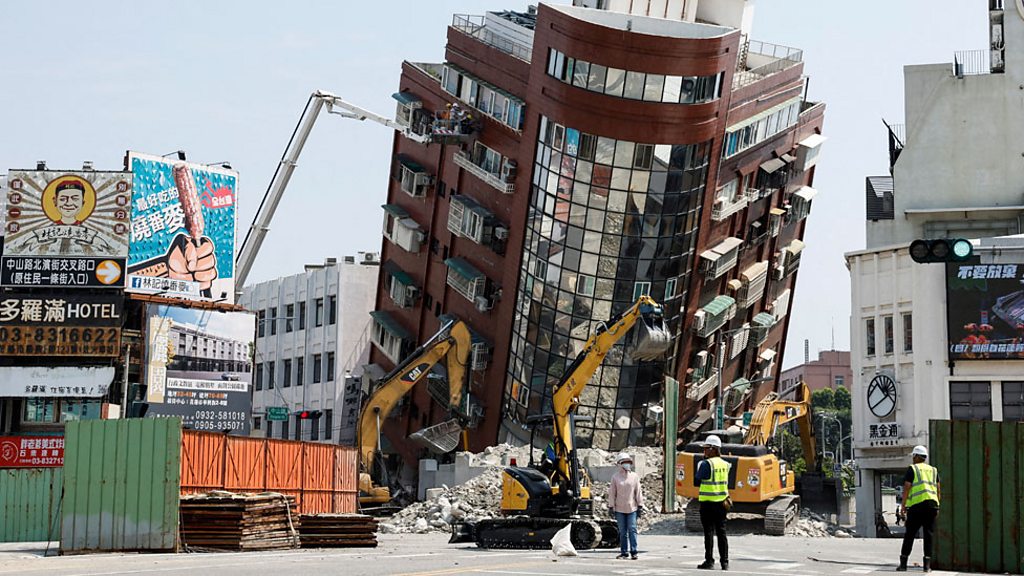
The 6 February 2016 Tainan Earthquake
Another deadly earthquake occurred in southern Taiwan on 6 February 2016, striking Tainan City just before 4 AM. This earthquake had a magnitude of 6.4 but still caused significant destruction, resulting in 117 fatalities. The majority of deaths occurred when the 17-story Weiguan Jinlong residential building collapsed almost completely. Post-disaster investigations revealed construction flaws, including substandard materials and design failures, underscoring the importance of enforcing strict building standards even for moderate-magnitude quakes. In the aftermath, Taiwan’s authorities tightened inspections and required retrofitting of older structures to ensure greater resilience in future seismic events.
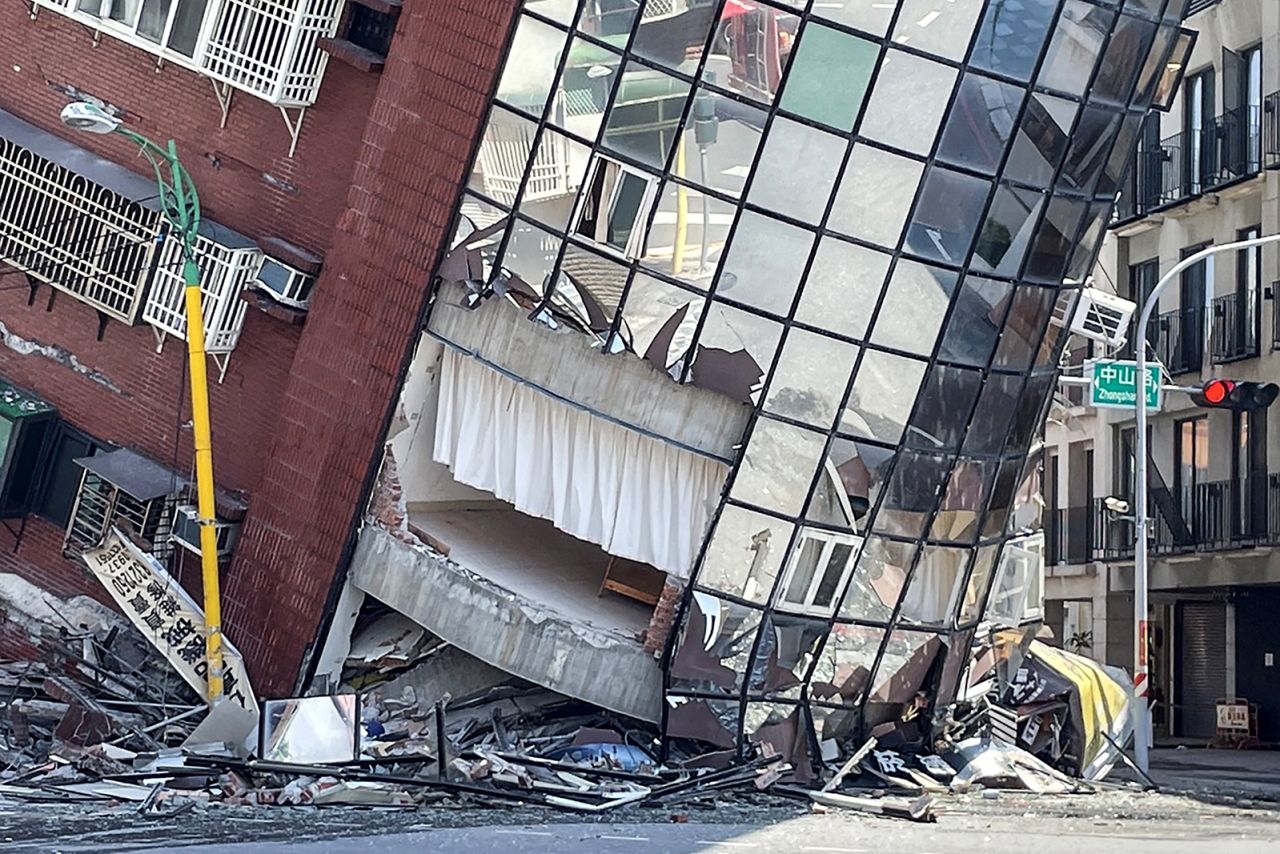
Typical Earthquake Damage in Taiwan
Major earthquakes in Taiwan have repeatedly demonstrated the country’s vulnerability across several critical areas. Transportation networks such as highways and bridges can suffer catastrophic failures, as famously shown by images of a severely buckled elevated highway following the 1999 quake. High-rise buildings can tilt or collapse entirely, endangering hundreds of residents. Earthquakes also frequently disrupt essential services including electricity, water, and communications, which hampers rescue efforts and prolongs recovery. Beyond the tragic loss of life, earthquakes cause severe economic setbacks, affecting businesses, infrastructure investment, and public confidence in urban safety.

Taiwan’s Approach to Reducing Earthquake Risk
Taiwan has developed a comprehensive strategy to mitigate earthquake risk and improve public safety. A major element of this strategy is its Earthquake Early Warning (EEW) system, which detects the initial, less damaging P-waves of an earthquake and sends alerts to residents before the more destructive shaking arrives. These few seconds of warning can be critical, allowing people to take cover and preventing injuries. In addition to warning systems, Taiwan has strengthened its building codes considerably since 1999, requiring new structures to meet high seismic-resistance standards and mandating retrofits for vulnerable older buildings. Public education is another pillar of preparedness, with schools, workplaces, and communities regularly conducting drills to teach people how to respond effectively during an earthquake. Taiwan also maintains well-trained urban search and rescue teams and robust emergency management centers that can coordinate large-scale disaster responses quickly and effectively.
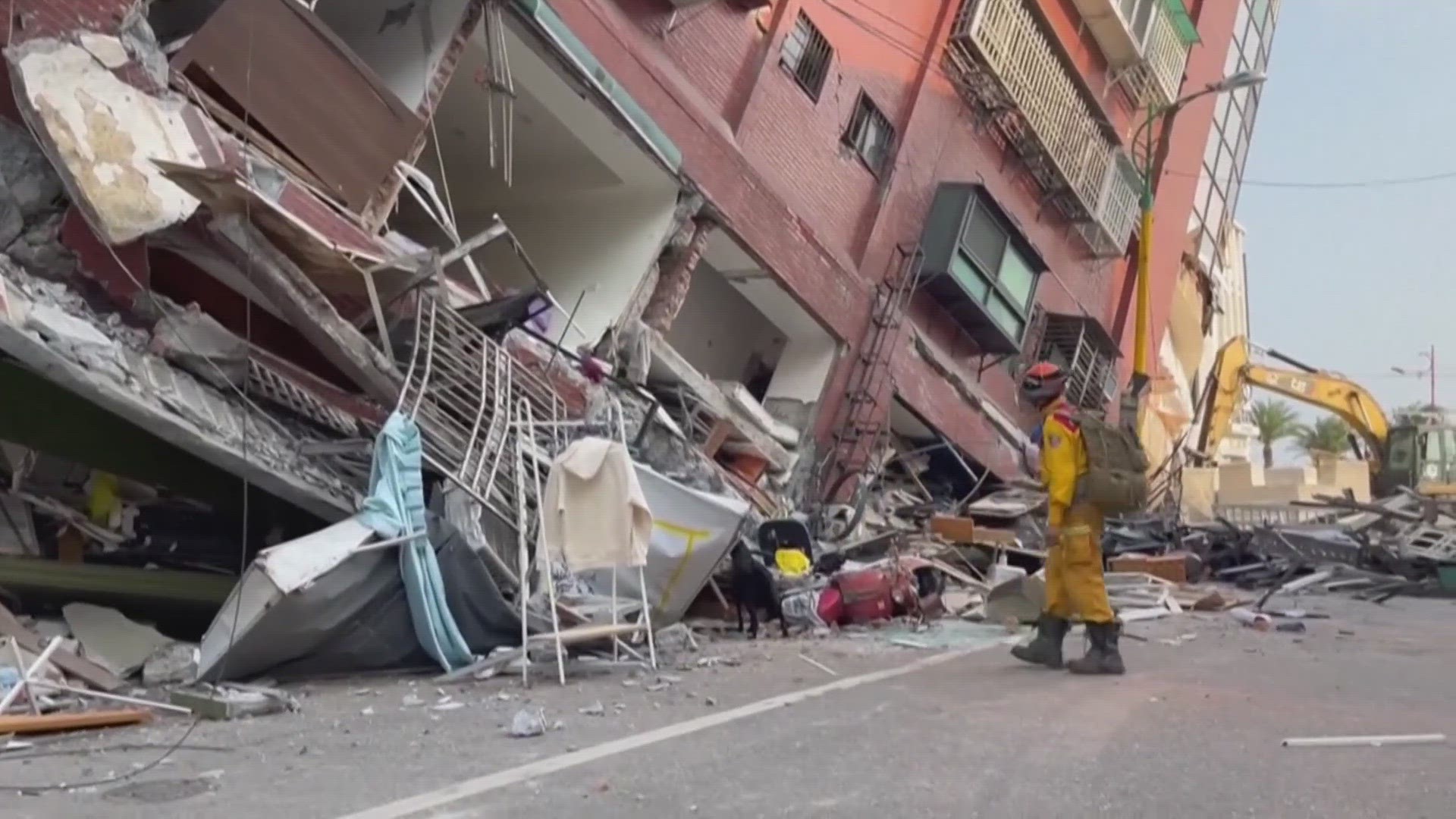
Conclusion
Taiwan’s history of devastating earthquakes, especially the 921 Earthquake in 1999 and the Tainan Earthquake in 2016, highlights the serious threat posed by seismic hazards in the Pacific region. However, Taiwan’s determined efforts to strengthen building standards, develop early warning systems, and educate the public demonstrate that it is possible to reduce the impact of even the most severe natural disasters. By prioritizing preparedness and resilience, societies can save lives, minimize economic damage, and ensure sustainable development for future generations.
